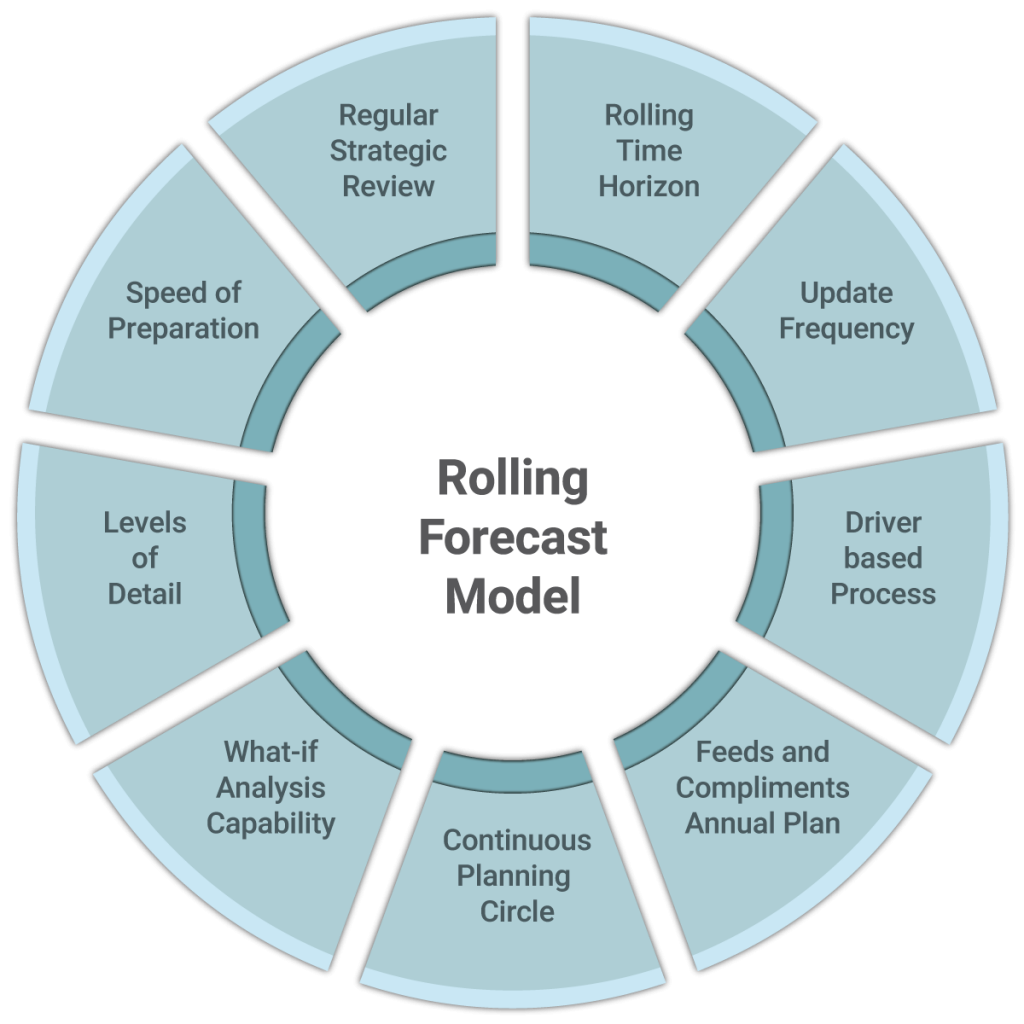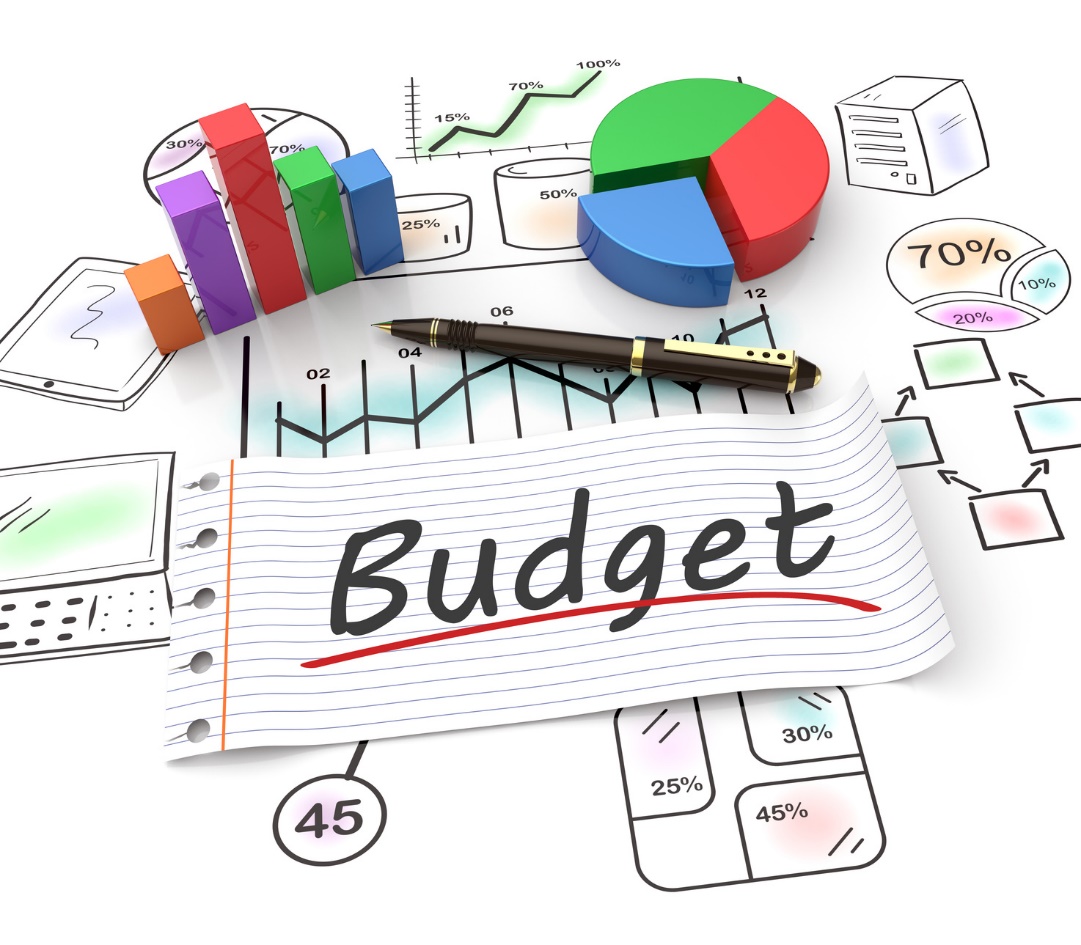

Then this time-series forecasting model is used to predict future performance. The most commonly used financial planning methods include: Predictive planning: With predictive planning, FP&A professionals create a model on large data sets of past performance. Financial forecast models are also used to test out different scenarios, simulate the impact of different variables, and determine the best course of action to drive the right outcomes. Financial forecasts include sales forecasts, cash flow projections, and more. Planning and forecasting In this step, FP&A analysts use the prepared data to create financial forecasts that predict how the business will perform in the future and if it is headed in the right direction.It’s also very time-consuming, so businesses are now turning to AI-powered solutions that can automate many of these tasks. Accurate plans, forecasts, budgets, and analysis all depend on the quality and completeness of the data they use – so this step is absolutely essential. Once all the necessary data is collected, it needs to be consolidated, standardized, and verified. In addition, data from outside the enterprise – such as broader demographic, economic, and market data – may also be collected.
#Budget forecast definition verification
Data collection, consolidation, and verification The first step in the FP&A process involves collecting financial and operational data from ERP systems, data warehouses, and other business solutions.But despite increasing complexity, at its core the FP&A process includes the same four basic steps: More data needs to be collected and more analysis needs to be done – which is why many large and midsize companies have formed dedicated FP&A branches within their finance departments.

As businesses grow and expand into new markets, and in times of market volatility and rapid change, the process becomes more complex. The FP&A process is a continuous cycle of data collection and analysis.
#Budget forecast definition manual
Either way, FP&A has grown from basic spreadsheets and manual calculations into modern, cloud-based solutions that use artificial intelligence (AI), automation, and advanced analytics to meet the financial challenges of a rapidly changing world. Alternatively, FP&A can be part of a standalone analytics solution that integrates with other business systems, like ERP.



 0 kommentar(er)
0 kommentar(er)
